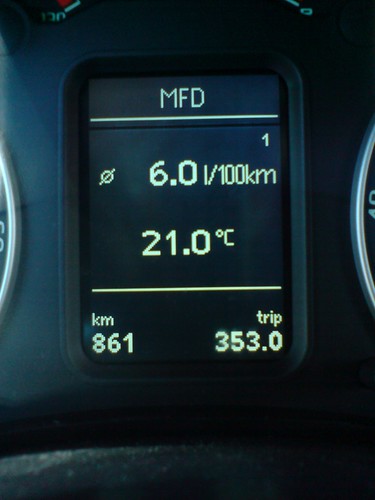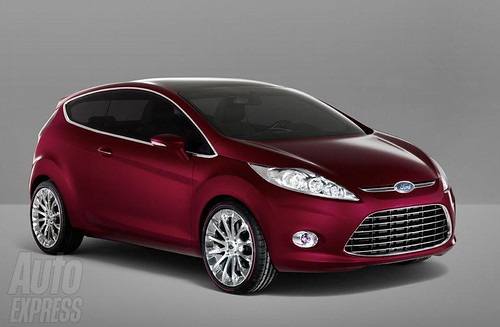Bernie’s Transportation Communications Newsletter – April 17, 2009
Friday, April 17, 2009 – ISSN 1529-1057
Daily Twitter Updates for TCN
If you’d like a preview of what’s coming up in the TCN, you can now follow me on Twitter at http://twitter.com/brwagenblast.
AVIATION
1) The FAA and the Freedom of Information Act
Link to column in The Dallas Morning News:
http://watchdogblog.dallasnews.com/archives/2009/04/the-faa-and-the-freedom-of-inf.html
2) Logan Airport to Try High-Tech Bird-Detection System
Link to story on WBZ-TV:
http://wbztv.com/local/bird.detection.system.2.986910.html
3) Delta No Longer Sending Reservation Calls to India
Link to AP story:
http://finance.yahoo.com/news/Delta-no-longer-sending-apf-14957481.html?.v=3
GPS / NAVIGATION
4) GPS Units Plug Into the Web, but We’re Not There Yet
Link to column in The Washington Post:
http://www.washingtonpost.com/wp-dyn/content/article/2009/04/17/AR2009041700047.html
MARITIME
5) Maritime Academy Simulates Pirate Attacks
Link to story and video report on KGO-TV:
http://abclocal.go.com/kgo/story?section=news/local/east_bay&id=6765847
6) US Government Accountability Office Urges Review of Ship-Tracking Plans
Link to story in Federal Computer Week:
http://fcw.com/articles/2009/04/17/web-tracking-ships.aspx
Link to GAO report: http://www.gao.gov/new.items/d09337.pdf
ROADWAYS
7) For Massachusetts Pike Chief, Tact Not Part of the Job
Link to story in The Boston Globe:
TRANSIT
8) ‘Suicide’ Ad Irks Toronto Transit Authority
Link to story in The Globe and Mail:
http://www.theglobeandmail.com/servlet/story/RTGAM.20090417.wsubway17art12247/BNStory/National/home
TRAVELER INFORMATION / TRANSPORTATION MANAGEMENT
9) Intelligent Transportation Projects Get Stimulus Funding
Link to story in Government Technology:
http://www.govtech.com/gt/articles/641154
10) Profile of San Francisco Traffic Reporter Liz Saint John
Link to column in the San Francisco Chronicle:
http://www.sfgate.com/cgi-bin/article.cgi?f=/c/a/2009/04/17/PKDQ16V7SU.DTL
11) Technologies that Compliment Congestion Pricing – A Primer
Link to publication from the Federal Highway Administration:
http://www.ops.fhwa.dot.gov/publications/fhwahop08043/cp_prim3_00.htm
12) Best Practices in Traffic Incident Management
Link to draft report from the Federal Highway Administration:
http://www.nasemsd.org/Projects/HITS/documents/tim_best_practices2.pdf
VEHICLES
13) Pay Up or Your Car Engine Will Stop
Link to AOL Autos story:
http://edition.cnn.com/2009/LIVING/wayoflife/04/17/aa.bills.shut.engine.down/
News Releases
2) The 7,000km Long, Four Terabyte ‘Gadget’ that Keeps the UK on the Move
3) Toyota to Show Infrastructure-Linked Driving Safety Systems
Job Posting
– General Engineer – Volpe National Transportation Systems Center – Cambridge, Massachusetts
http://jobsearch.usajobs.gov/getjob.asp?JobId=80513390&AVSDM=4%2F17%2F2009+3%3A43%3A04+PM
Upcoming Events
Performance Measures – A Case Study in Progress Webinar – May 6
http://www.pcb.its.dot.gov/t3/s090506_perfmeas.asp
Friday Bonus
Here’s a way to kill two birds with one stone. You can save money AND calm traffic!
http://news.bbc.co.uk/1/hi/england/essex/8001310.stm
Today in Transportation History
April 17, 1964 **45th anniversary** – Ford introduced the Mustang at the New York World’s Fair.
http://www.youtube.com/watch?v=NFWS2aIAOpQ
=============================================================================================
The Transportation Communications Newsletter is published electronically Monday through Friday.
To subscribe send an e-mail to: TCNL-subscribe@googlegroups.com
To unsubscribe send an e-mail to: TCNL-unsubscribe@googlegroups.com
TCN archives: http://groups.yahoo.com/group/transport-communications
Questions, comments about the TCN? Please write the editor, Bernie Wagenblast at i95berniew@aol.com.
© 2009 Bernie Wagenblast








